When the time came for my annual eye exam in 2023, I expected the same routine. I would check in, sit with the doctor and read some letters on the wall and then be on my way. I’d pass each test with flying colors. But this time was different.
The letters suddenly looked blurrier than they did before the 20/50 letters had become a blurred blob, and 20/20 seemed unrecognizably far away. Little did I know, this moment would change my life forever.
Keratoconus is a degenerative corneal disease with no known cure. It affects one in every 2,000 people. The disease causes the cornea to become cone-shaped over time, resulting in mild to severe vision changes. Symptoms include seeing halos in lights, double vision, ghosting, distorted vision and night blindness. Keratoconus mainly attacks teens and young adults.
Depending on the disease’s severity, cornea degeneration from keratoconus can lead to necessary reparative procedures, such as corneal cross-linking.
“If keratoconus is caught late, the patient would not see well with their glasses,” Dr. Helena Chang said. “If the cornea continues to change shape, sometimes hard contact lenses can’t fit, and the patient would ultimately need a corneal transplant.”
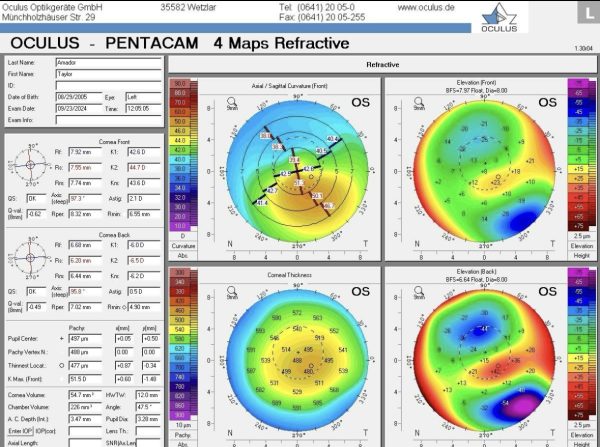
Corneal cross-linking is a procedure that uses riboflavin (vitamin b12) and ultraviolet lights to rebuild the collagen fiber in the corneas in an attempt to halt the disease, but it is not always successful.
Once the disease becomes more severe, a complete corneal transplant, where a healthy donor cornea replaces the damaged one, must then be considered. At age 18, my vision slowly deteriorated. What was previously 20/20 slowly blurred and my previous astigmatism worsened.
Multiple visits to my primary care provider left me with more questions than answers. Eventually, I made an appointment with a local ophthalmologist who diagnosed me with keratoconus. He urged me to act quickly.
My deteriorating vision plunged me into hopelessness. As anxiety took over, my grades plummeted and any motivation and joy I had faded. I wasn’t even comfortable driving anymore.
Every day felt like an eternity. I doom scrolled on any health forum I could, looking for answers I knew I was not going to find. Simple activities like reading were challenging. I tried to attend a local gym but could barely read the numbers on the outside of the weights I was lifting.
My vision slipped to 20/90, making me extremely nearsighted. I was prescribed glasses to help me see, but nothing worked. Once I met my cornea specialist, Dr. Margaret Liu, she recommended corneal crosslinking immediately. I was ecstatic about the 95% chance of success but resigned to the fact that I would never get my non-damaged vision back.
During my pre-procedure consultation, Dr. Liu told me about corneal cross-linking and asked me a question that changed my mindset.
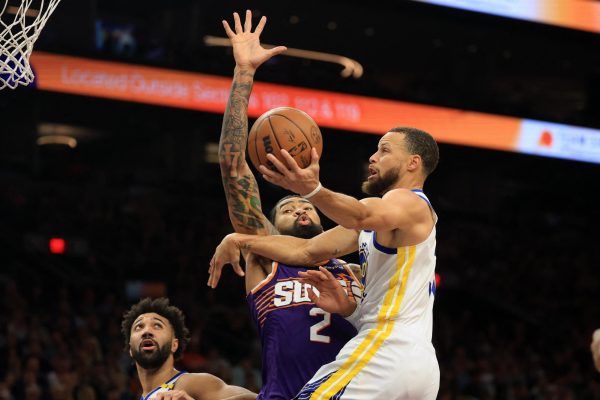
“Did you know Stephen Curry has your same disease?” she asked. I looked it up on my phone as soon as I got to the car, and it was true.
In an interview with ABC7NY Curry said, “Over time my [keratoconus] started getting worse but like I said, you can still go out and function.”
Watching Curry win MVPs, score titles and win championships was a staple of my childhood. His devotion to his family and his career accomplishments made me want to be just like him. Hearing that he had found a way to successfully live through the disease that we shared changed my life.
I had searched for a light in a seemingly hopeless situation and had found it in a familiar but unexpected face. If Curry could do it, then so could I.
I underwent two cornea cross-linking procedures and made countless trips to the doctor. I continued to pray that the procedure was successful.
“Dr. Liu and I knew you were going to do very well,” Dr. Chang said. “We just had to do your crosslinking before you changed because your keratoconus was progressing. It was a race against time, and you had it done in time.”
My second year of college began less than three months after my two procedures, and my grades rebounded, further improving my mental health.
My anxiety faded more each day, and I could feel my happiness return. Six months after the procedure, I received the best news I could after post-op scans. The corneal cross-linking procedure had successfully halted my keratoconus.
In the 2019 NBA season Curry hit a shooting slump, making only 37% of three-pointers compared to his career average of over 42%. In an interview with “Sports Illustrated,” Curry said, “I started wearing contacts. It’s like the whole world has opened up.”
Contacts didn’t work for me, but glasses proved to be more than successful. While my symptoms remain, my vision has improved dramatically. Just like Curry himself, everything I did, from driving to playing video games, felt normal again.
After a year-and-a-half of uncertainty, going from 20/70 vision with visual defects to almost 20/30 with glasses has been life-altering.
Curry, who made my childhood special as a sports hero and brought me to tears as a 17-year-old when he won his last championship, also managed to give me personally something unexpected: the gift of hope.




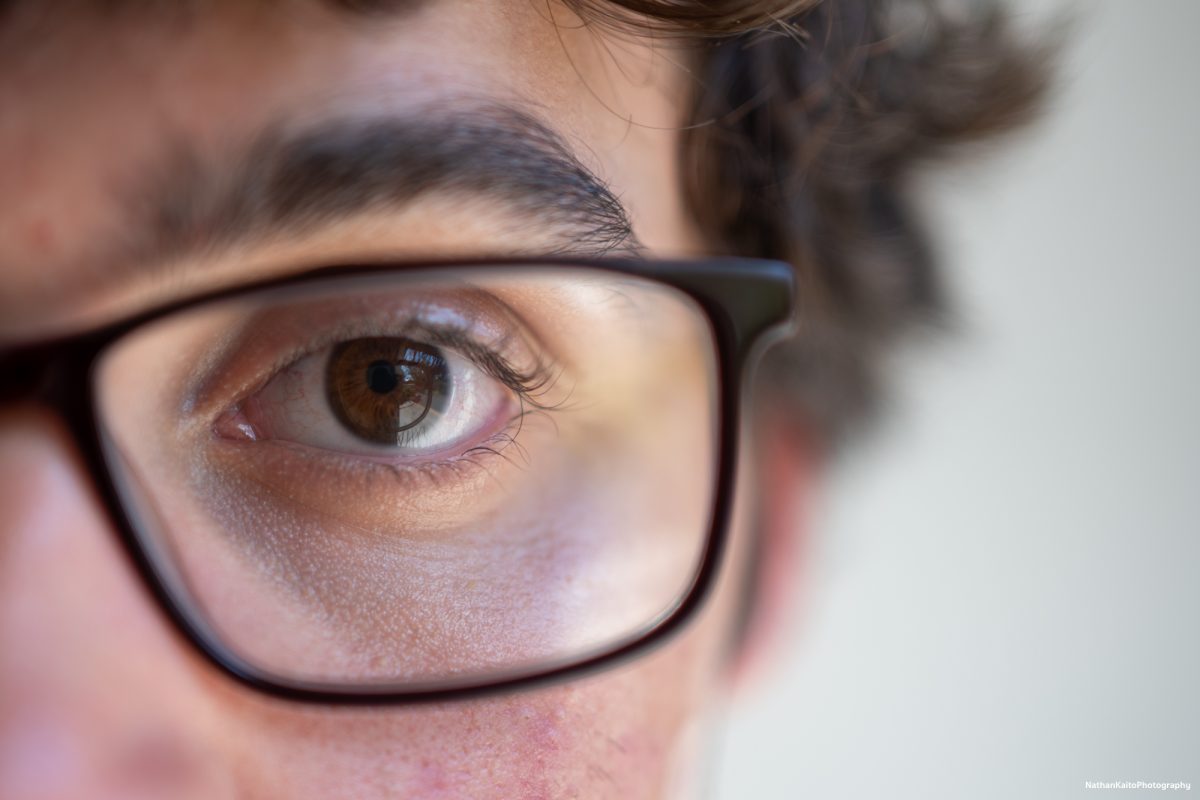
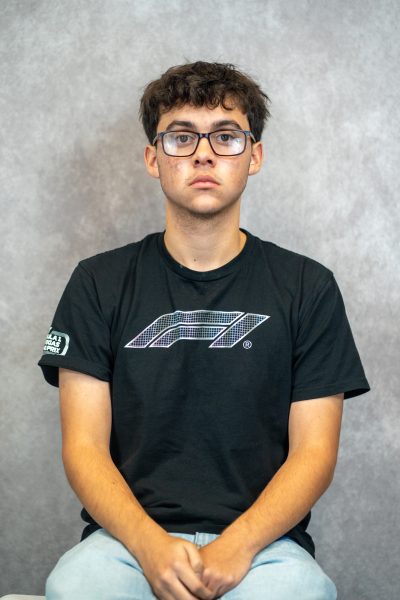
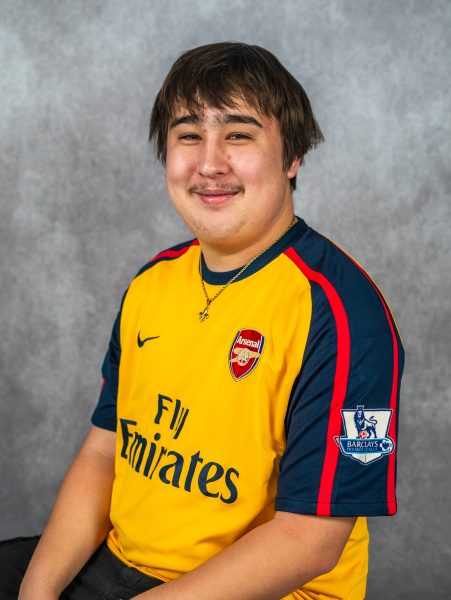
Stephen Azman • May 15, 2025 at 6:49 am
Thank you for sharing your story — I know that putting something so personal out there isn’t always easy, but it really does help others feel less alone.
As someone whose own brother has keratoconus, I truly understand the fear and uncertainty that can come with the diagnosis — especially when it feels like answers (and real help) are hard to find. But please don’t lose hope.
There’s a practice in Maryland — Keratoconus Specialists of MD — that’s been helping people with KC for over 40 years. They see patients just like you all the time: people who’ve had CXL, seen multiple doctors, and still aren’t happy with their vision. Their focus is on improving functional vision and quality of life, not just managing the condition.
I’d really encourage you to check out their Google reviews and video testimonials. It might give you a renewed sense of what’s possible.
Wishing you clarity — in both vision and in this journey.
Full transparency: my other brother (who doesn’t have keratoconus) is one of the doctors at the practice — but everything above is 100% real. Just read and watch the stories. They speak for themselves.
Jordan Mead • May 13, 2025 at 10:53 am
I also have this condition. Thank you for writing this article.